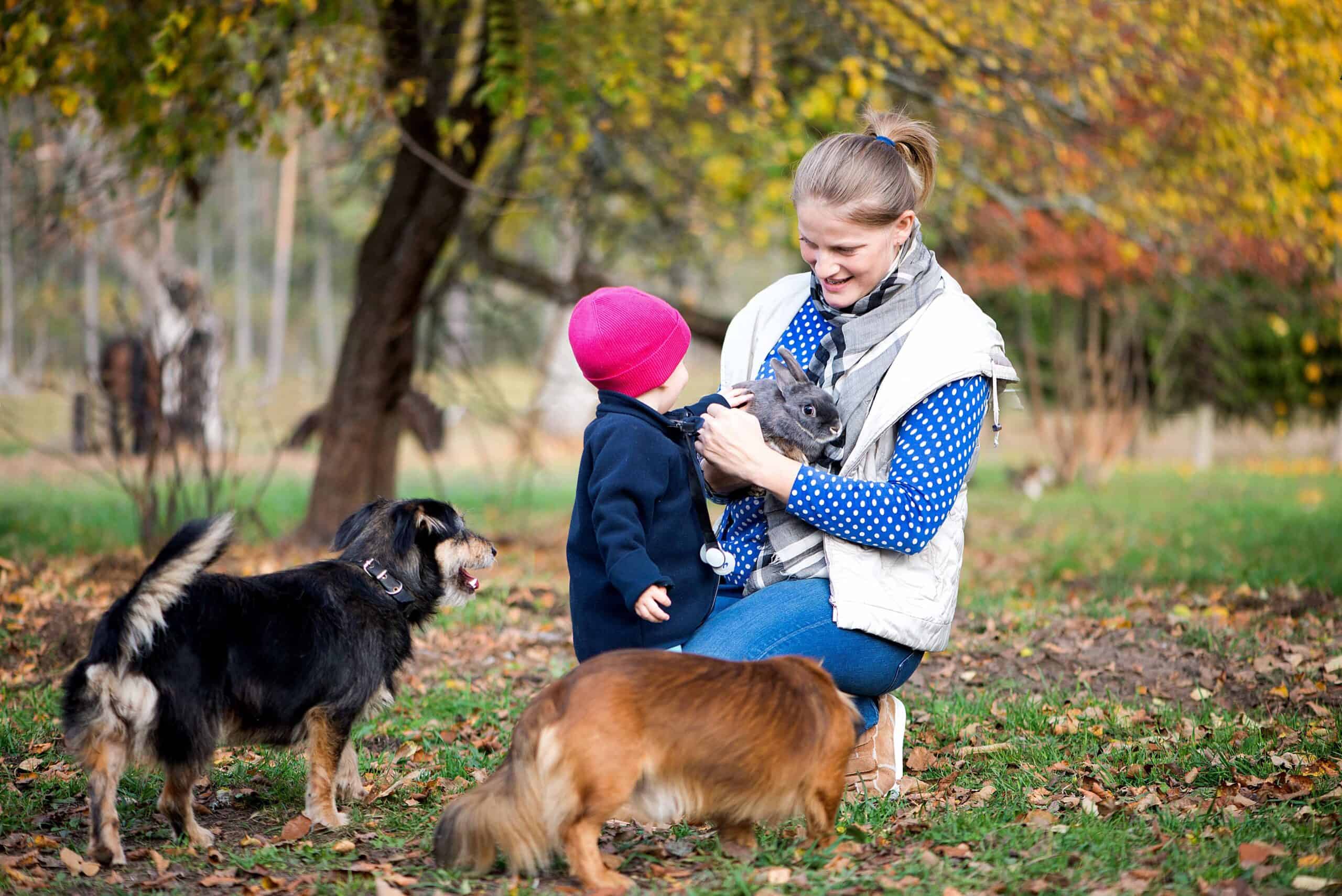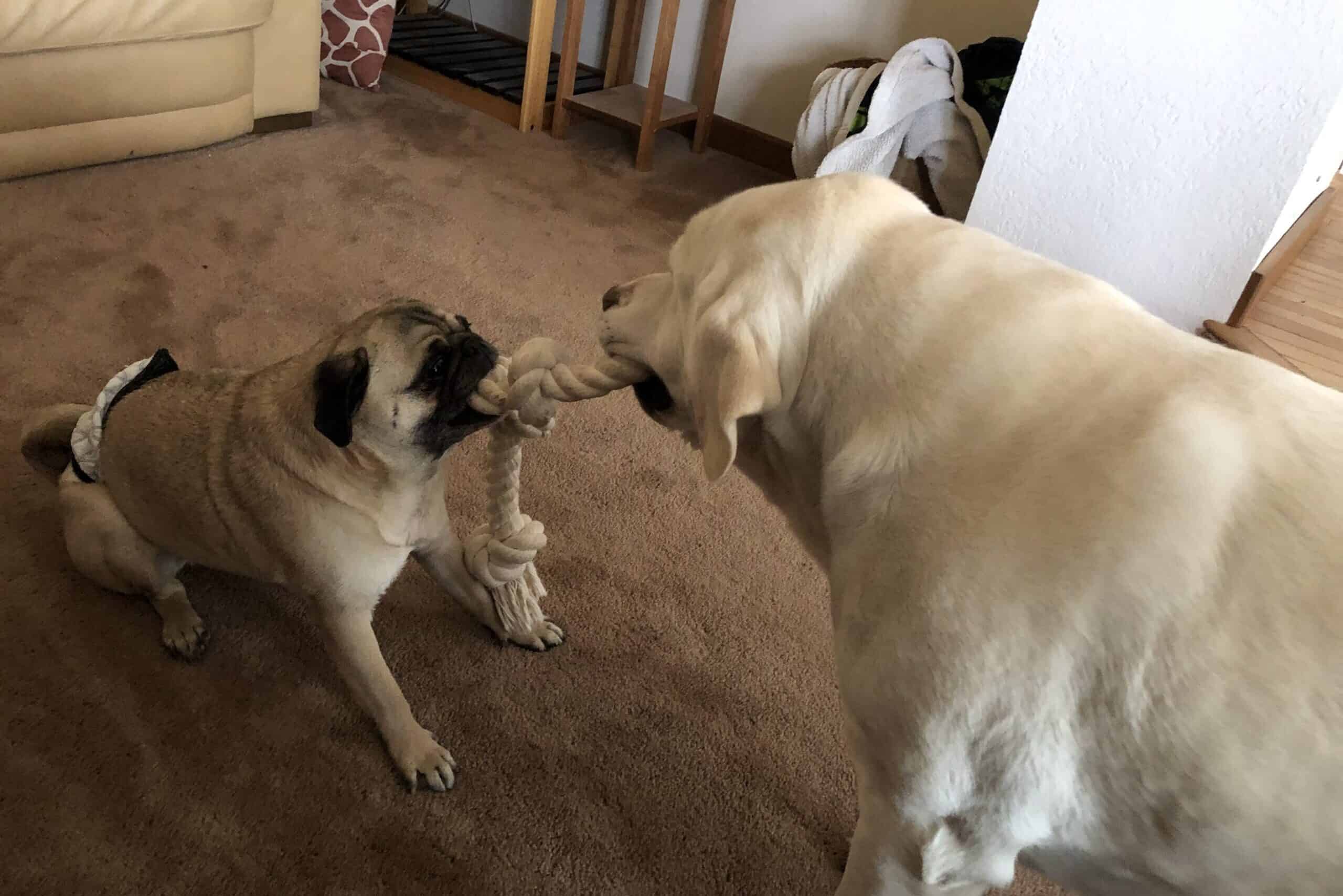“I just adopted a dog and she seems sad” – 6 Reasons why
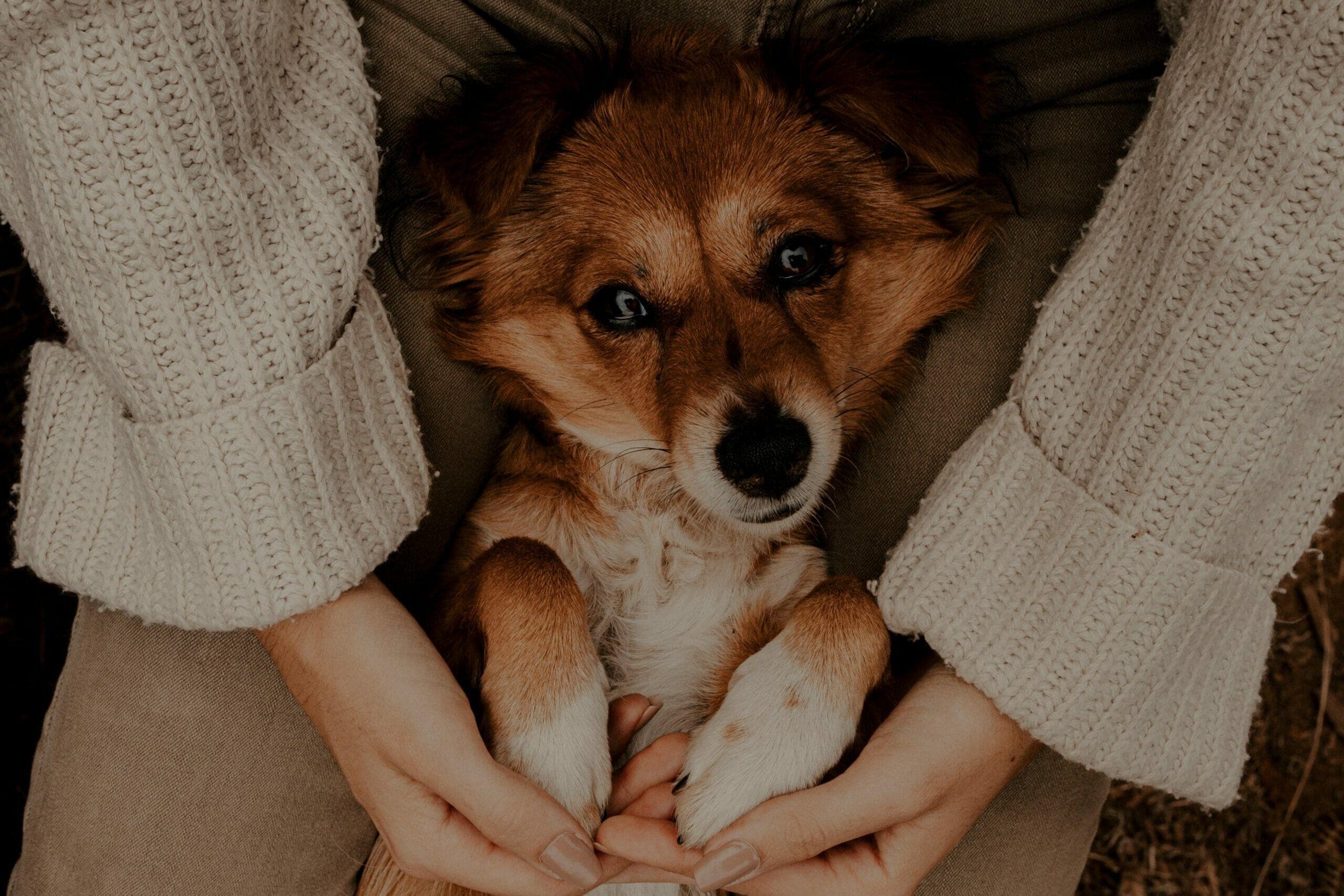
Congratulations! You’ve done a noble deed by adopting a new dog or a rescue dog. It is undoubtedly a wonderful feeling when you give a new life and hope to your new fur friend.
However, not every adoption is a fairy tale, and certainly not indulging when your new canine seems sad and depressed. Why? Dogs can also suffer from depression like humans due to past trauma or health conditions, which can hinder your relationship and force your dog into a gloomy state of mind.
This article will help you understand why a dog develops depression even when you try your best to make him comfortable. We will also provide some useful tips that you can use to solve the problem.
Why does an adopted dog seem depressed and sad?
If an adopted dog seems depressed and sad, you can associate these issues with normal or abnormal reasons.
For instance, your dog might look gloomy during the adjustment period, which is often due to exposure to a new family. Past experiences or thoughts about previous owners can also keep your dog depressed and sad.
Likewise, health or psychological issues can also contribute to depression, which can sometimes even require extensive medical attention. In short, there can be multiple reasons why your new dog seems sad.
Thankfully, you can solve these issues by building a positive environment around your dog by allowing him to build his confidence. Furthermore, you can also seek professional help if things go out of hand.
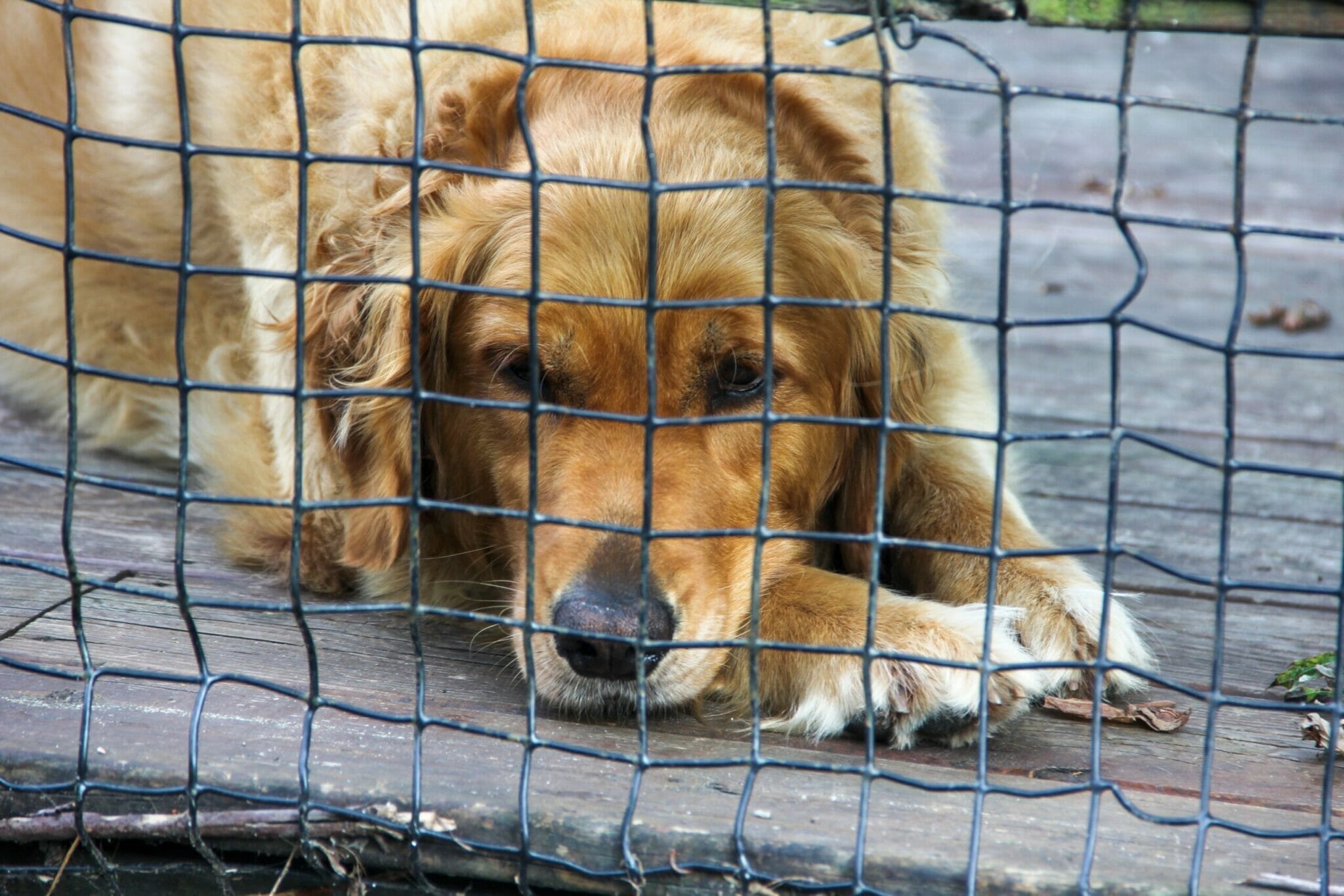
Top 6 reasons why your adopted dog seems sad
Although dogs get along with a new family with some effort, you might have to give an additional push to make things work.
The best thing would be to dive deep into the problem and evaluate your dog’s past history to determine the cause.
Here are the top reasons why an adopted dog might develop depression.
1Adjustment period
Adjusting to a new family might take some time and is often considered the adjustment period. Generally, adopted or rescued dogs take around 6 to 8 weeks to adjust to a new environment.
However, the adjustment speed might differ for different dogs, especially when your dog does not have sound mental health. Furthermore, you may also encounter personality traits like growling or refusal to leave the crate.
So, if an adopted dog looks depressed, it can primarily mean that he is going through an adjustment period. Just give your new dog some time and allow him to settle into his new environment.
2Thoughts of the previous owner
Dogs develop unconditional love for their owners, even when they are rude to them.
So, if your adopted canine looks sad, it might be missing its previous owner. Furthermore, similar actions or environments resembling past experiences with the previous owner can trigger these emotions and make your dog sad.
However, helping your dog adjust to his new environment can ease these thoughts and make him comfortable.
3Past trauma

Most rescue dogs undergo some kind of rude treatment, which leaves an impact on their lifestyles. In short, one probable reason why your dog might seem sad is because of past trauma.
Furthermore, if you’ve adopted a dog from a shelter, you’ll witness the problem even more. Although shelters may offer good food and hygiene, they don’t provide the required psychological care to dogs, especially to dogs that have past traumas.
So even if you have provided the best crate or food to your newly adopted dog, it may still compare your home with a different shelter.
4Learned helplessness
Like humans, dogs can also develop a condition known as “Learned helplessness,” which occurs after a dog experiences stressful situations repeatedly. In short, your dog may think or surrender itself to situations and avoid changes, even if that means adapting to a new environment.
Your dog loses hope and fails to overcome the chaos due to a lack of control over its life. Learned helplessness is one of the most evident reasons for clinical depression, especially with rescue dogs.
Thankfully, putting additional effort into cheering your dog can help him conquer these frightening occasions. However, ensure that you allow your dog to cope with his environment naturally without force.
5Psychological issues
An adopted dog that looks sad and depressed can also mean that your dog is suffering from psychological issues like stress, anxiety, separation anxiety, or fear.
Although you can cure psychological problems, you will have to work harder to make your dog comfortable. Furthermore, you can seek help from professionals if it continues for long.
6Other health issues
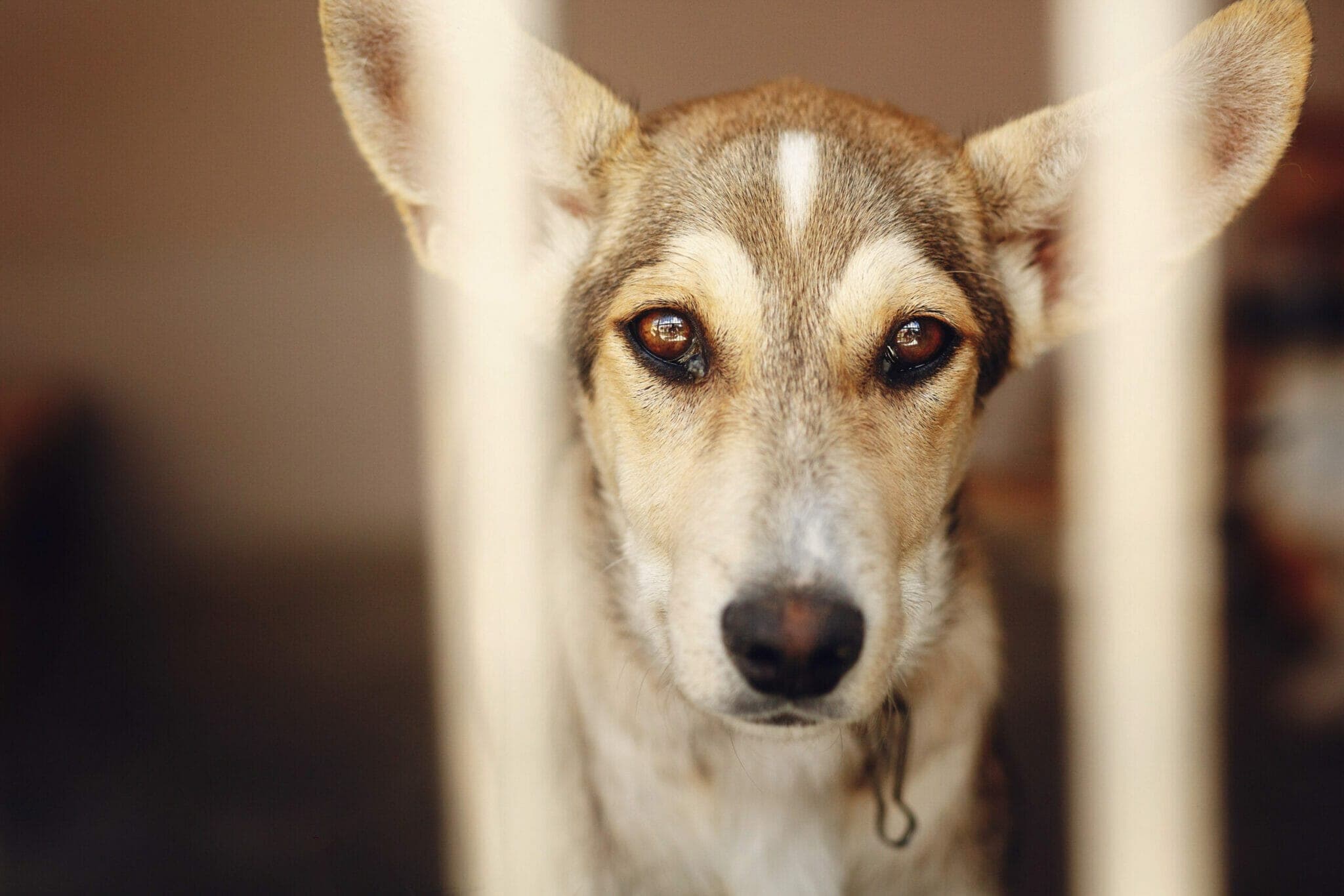
Besides psychological problems, health conditions can also force your dog to stay sad or depressed. Generally, dogs living in shelters do not receive required health checkups, which may result in the development of different health issues.
So, whenever you adopt a dog from the shelter, ensure that you conduct a full health examination to identify problems.
7Build trust
Try to build trust with your dog and give him reasons to believe that you are not like his previous owner. Speaking gently, lying near your dog, or reading a book near him can strengthen your bond.
8Offer treats
After establishing initial interactions, offering treats has to be your next step. However, ensure that you do not invade or force the treats beyond your dog’s comfort zone.
9Perform some activity
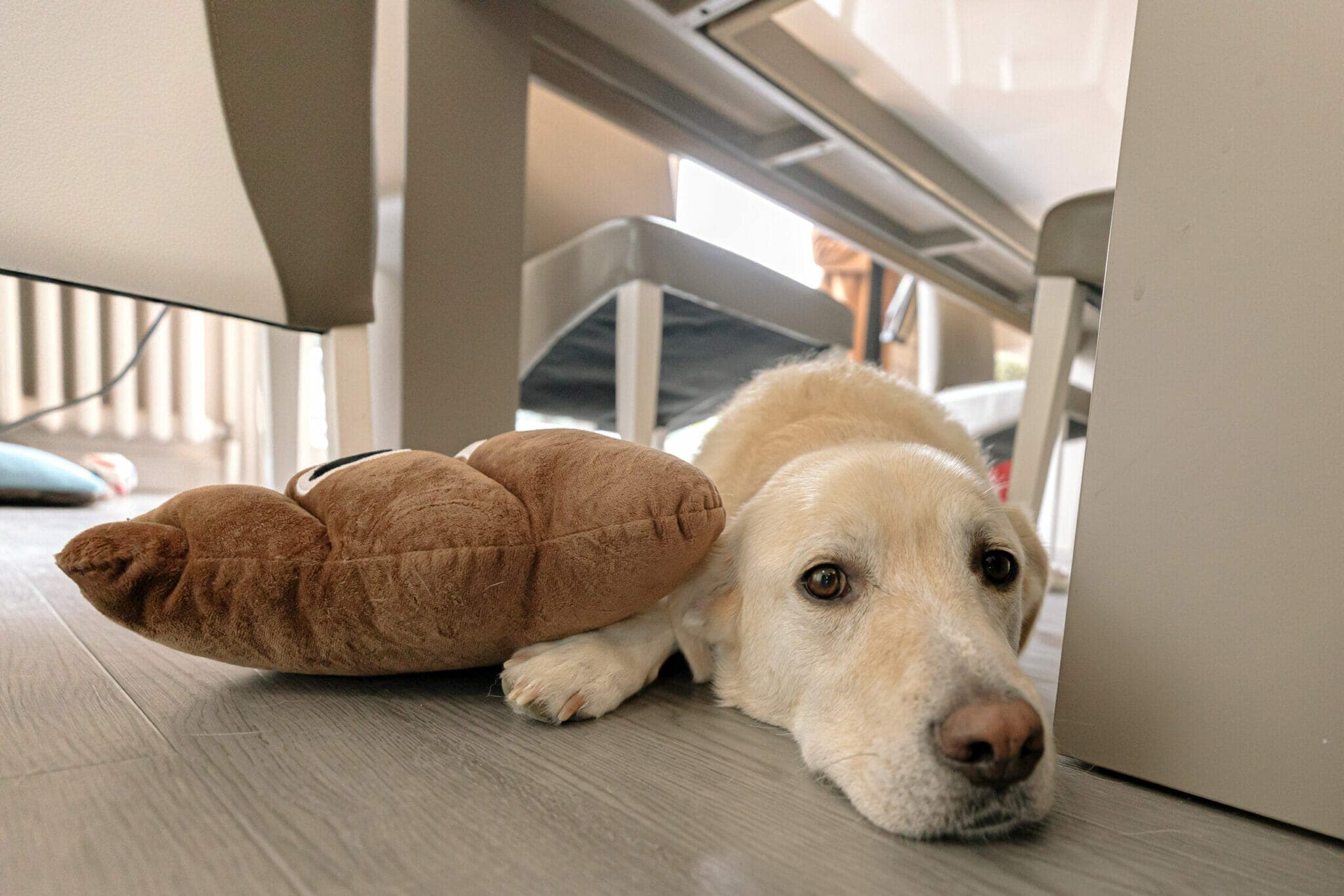
Besides interactions and treats, you can watch TV with your dog, go out on walks, or provide some basic obedience training to strengthen your relationship.
Furthermore, playing indoor games or spending more time with your dog can make him comfortable. Likewise, arranging a doggy date or providing puzzle toys can also boost your dog’s confidence.
However, if you still find your dog sad, it would be best to seek professional help to make things better.

